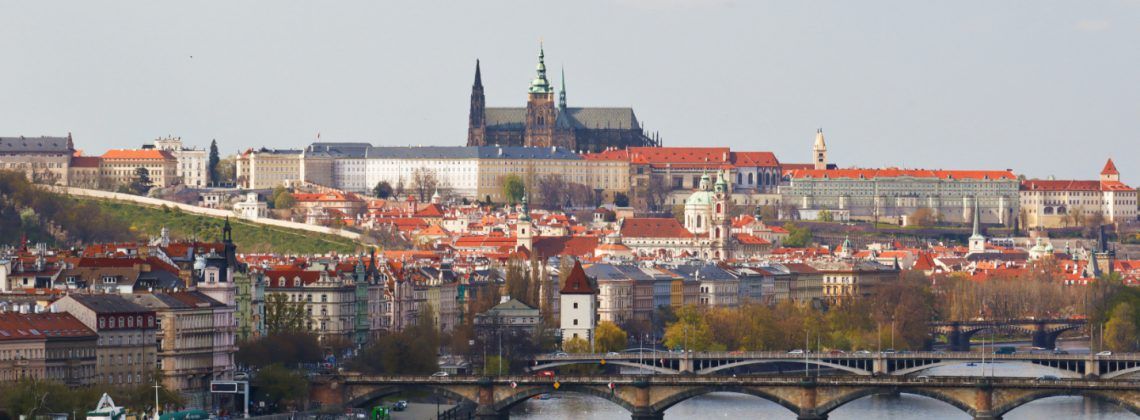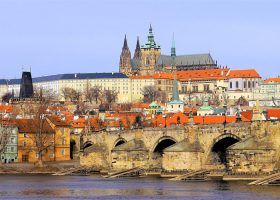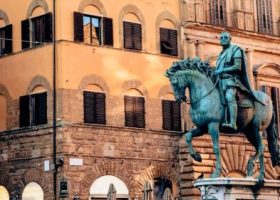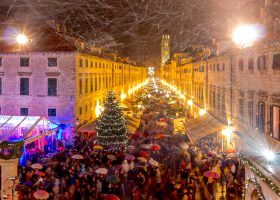Thousands of tourists visit Prague Castle every day. And according to the Guinness World Records, this great Czech monument is the largest ancient castle in the world. For this reason, below you can read about the interesting events as well as the most important history of Prague Castle.
Things to Know About the History of the Prague Castle
Even if you don’t necessarily love history, you will not be bored at the Prague Castle. Inside this castle, there are some incomparable, spectacular, historical sights that we’ll talk about here, to help you enjoy your visit to the most important place in Prague.
According to the historian Zdeněk Wirth, the castle was established on the Hradčany promontory with a very complex construction history. Over the years, the Prague Castle was rebuilt many times, but it still retains its medieval style.
In fact, older archaeological research and written sources revealed that the Prague Castle was established around the year 880. The archaeologist Ivan Borkovský, confirms the beginning of the first rulers of the Prague Castle. The first Bohemian monarchs were from the Přemyslid dynasty, who also ruled the castle for more than 400 years.
Below, I have put together some key information about the history of the Prague Castle for you to know before your trip to Prague and your visit to this unforgettable castle.
Early History And First Settlement Of Prague Castle
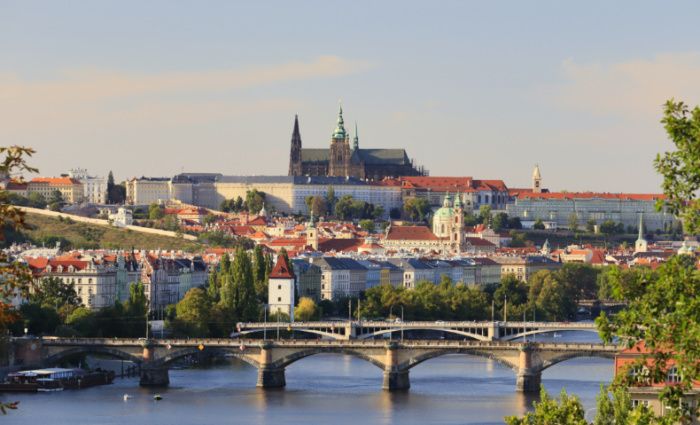
According to archaeologist Jan Frolik’s research and archaeological exhibition, many ancient ruins have been found in the Prague Castle. This site was also inhabited by prehistoric man.
In fact, the oldest archaeological finds are associated with the Bronze Age between 3000 and 4000 BC. The discoveries were also made by archaeologists in tombs and estates on the north promontory of the castle, where today the Lumbe Gardens are found. For example, some ceramic objects and copper earrings have been unearthed. Theoretically, these items are proof of the first use of metals in this area.
Around the beginning of the Middle Ages, the Prague Castle was a medieval hill fort. According to archaeologist Ivan Borkovský (considered the founder of modern Czech medieval archaeology), old Slavic and Christian legends agree that Prince Bořivoj founded the Church of the Virgin Mary at Prague Castle in the year 880.
Medieval Castle
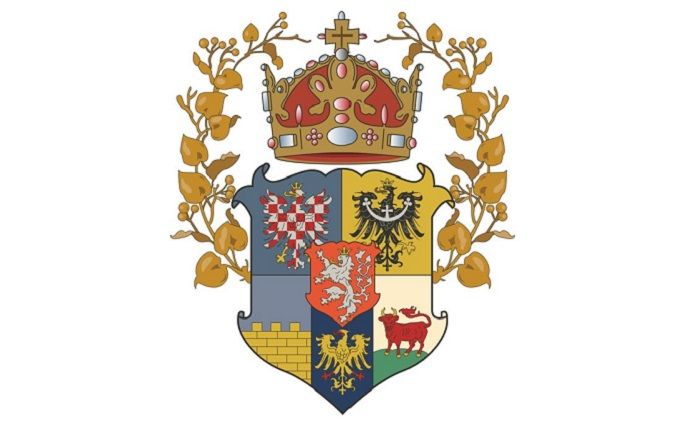
The Slavs came to the Czech territory around the 6th century, and they settled in the Hradčany area. But according to studies carried out, it is not known exactly when they settled on the promontory of the castle. The oldest evidence dates back to the 8th century, according to Borkovský.
At the end of the 9th century, the Church of the Virgin Mary in Prague Castle was founded by Prince Bořivoj I, who was also the first Czech monarch. From that moment, Christianity began to spread throughout the country and the castle began to establish itself as the center of government.
A few years later, Prince Bořivoj’s replacement was Spytihněv I who was also from the Přemyslid dynasty. His reign lasted until around 915. This era is when the castle became a walled settlement. Another important fact during these early years was the creation of the Rotunda of St. Vitus, built by Wenceslaus I, who was an important Czech duke and eventually a saint.
Pre-Romanesque And Early Romanesque Period 918 – 1135
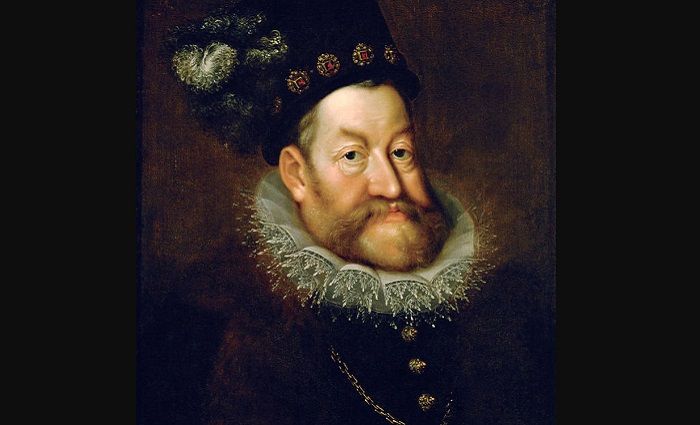
After the death of Prince Spytihněv I, King Vratislav took power. One of his important works was the establishment of St. George’s Basilica in 920 where Princess Ludmila (the grandmother of Prince Wenceslas I) was eventually buried. Furthermore, Borkovský tells us that Vratislav I built the second church dedicated to Saint George around the year 920, according to Britannica.
Famous saint and Prince Wenceslaus I took over the government after Vratislav’s death and created the Rotunda of St. Vitus. (This is the same Wenceslaus you might sing about at Christmas!) Years later, from 970 to 976, the Church of Saint George was founded as well as the diocese of Prague. So, the castle began to be an ecclesiastical center.
During pre-Romanesque and Romanesque times, much of Prague Castle was made of wood. But by the year 1060, the first residential stone building in the castle was the Palace of the Bishop of Prague. Today it is the office of the old provost. Around this same time, then-ruler Spytihněv II demolished the Rotunda of St. Vitus and built a 70-meter basilica, which became the predecessor of the Gothic cathedral and additional stone buildings.
Romanesque Period
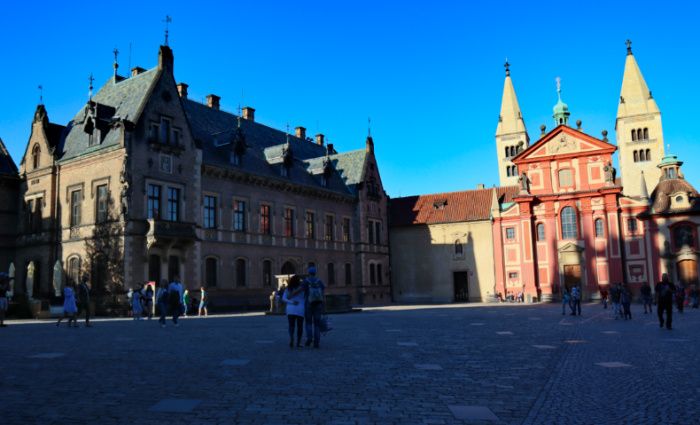
According to a canonical chronicler from Vyšehrad, during the period of Prince Soběslav, there were drastic reconstructions in Prague Castle around 1135. Consequently, the castle changed from a fortified settlement to a stone castle.
Under King Přemysl Otakar II (1253–78), additional stone walls and fortifications were built to strengthen the area against attacks from warring nations. Ironically, a part of the expanded royal palace burned down soon after, so that was also rebuilt and expanded again.
Additionally, his political influence is important because he restored the royal title in the territory of Bohemia with the right of inheritance, and that claim was formally recognized by the Pope. During his rein, Bohemia was the “most powerful state of the Holy Roman Empire” according to Britannica.
Need more content to plan your trip to Prague? Use our guide for where to stay in the city, things to see at the Prague Castle, plus our favorite foods you must try!
Kings Of Přemyslid
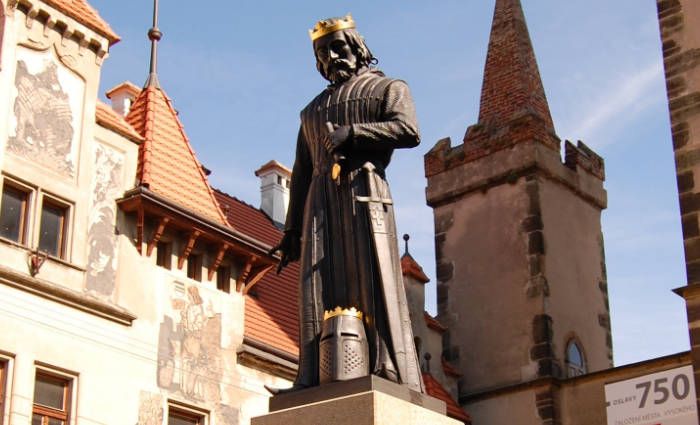
In the year 1212, the Golden Bull of Sicily decree named the heirs and successors of Duke Přemysl Ottokar I the rightful Bohemian rulers as recognized by the Holy Roman Emperor, according to Britannica. This charter also limited some of the ruler’s rights and gave the Czechs the right to choose their king, generating more independence and bringing about changes in the coats of arms of the Czech kingdom.
Another of the important works of the Přemyslid dynasty was to give the bishop power over the clergy, collect tithes, and appoint a priest. Everything seemed to be going well, until the death of Přemysl Ottokar II in battle in 1278. That year there was an invasion of the castle and the robbery of St Vitus Cathedral by the Brandenburgers.
The reign of Wenceslaus II began upon his father’s death in 1278 and lasted until the year 1305. Under his rule, his country had an incredible economic boom. Later, his son Wenceslaus III became king when his father died at the early age of 33, according to Britannica.
The Luxembourg Reign at Prague Castle
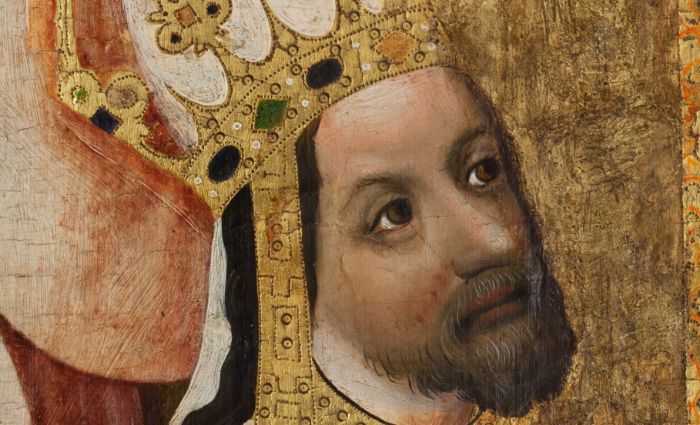
An important shift happened when John of Luxembourg—son of future Holy Roman Emperor Henry VIII and father of future King Charles IV—was named king of Bohemia in 1311. He was considered the “foreigner king” in the chronicled histories of the Czech Republic since he was born in Luxembourg, but his family ties changed the course of Prague.
According to the chronicler Petr Žitavský, King Charles IV made Prague Castle the center of the Holy Roman Empire. King Charles IV was coronated in 1346, and his reign was prosperous, allowing him to make many important transformations in the Prague Castle. He even tried to make Prague Castle the official residence of the Czech king and the center of the Holy Roman Empire, by intending to rebuild the city of Prague as the new Rome.
He also established Charles University in Prague and built several castles in the Czech territory, plus the Cathedral of St. Vitus. According to the chronicler Vavřinec z Březová, around the year 1421, the Hussites invaded the Prague Castle, which ended the period of the Luxembourgers due to the successful Hussite revolution.
Later, the Prague Castle also underwent important transformations during the reign of Vladislav II during the year 1483. He modernized the castle, created the so-called Vladislav Hall, and built a new north wall with three defensive towers (White Tower, Daliborka Tower, and Mihulka Powder Tower). In the end, the medieval castle became a modern Renaissance castle.
The Emerging Prominence of Prague Castle
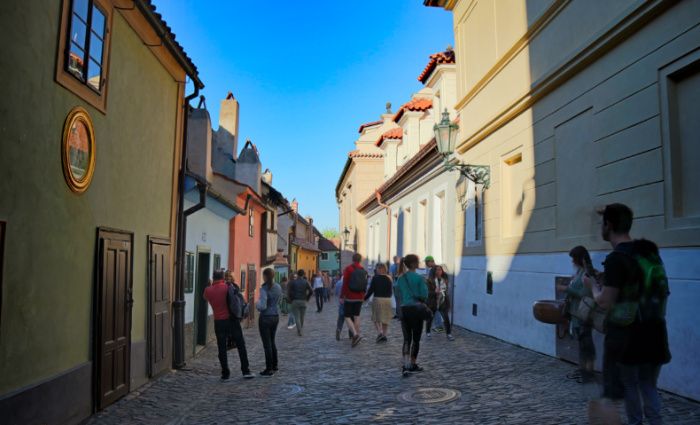
Archaeologist Jan Frolik confirms that, during the year 1541, the Prague Castle suffered devastating fires. Important parts of Mala Strana, which is a neighborhood located below the castle and the Hradčany area, were also damaged. Years later, with the reign of Rudolf II (part of the Habsburgs) in 1576, the renovated Prague Castle finally became the imperial residence and center of the Holy Roman Empire.
During Rudolf II’s rule, additional important spaces in Prague Castle were rebuilt as noted by the castle’s website. For example, he oversaw the construction of the north wing of the castle as well as the Spanish Hall, Rudolf Gallery, Courtyard of the Lions, and Summer Riding School.
But another relevant point to mention during the reign of Rudolf II was the establishment of the Golden Lane. According to the Prague Castle website, it was a street with houses built for the original archers on the city walls, but became a place for alchemists and eventually goldsmiths—either of which might have been the reason for the name. Rudolf II was very fond of collecting books on magic, alchemy and mysticism.
17th And 18th Century
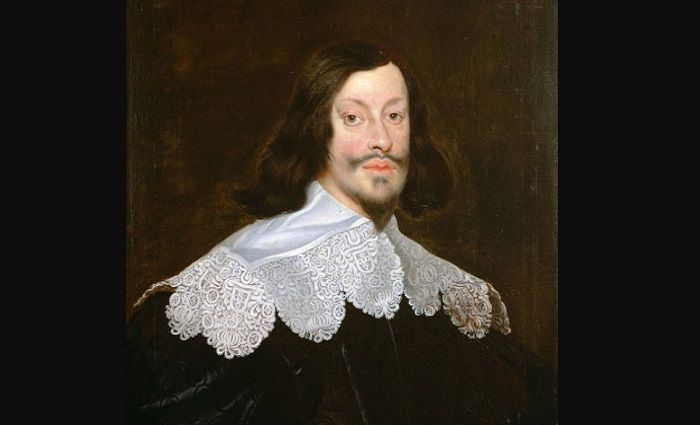
In the mid 1600s, Ferdinand III became the Holy Roman Emperor and King of Hungary and Bohemia (modern-day Czech). He is not a well-known ruler of this period, but he did add to the history of the castle, which is what we’re covering here.
For example, he oversaw important transformations in the cathedral and also built an access road to the castle connected to Nerudova Street. In addition, Ferdinand III enlarged the New Royal Palace in 1644 and also ordered the construction of the Saint Wenceslas chapel.
Later in 1673, his son Leopold I laid the foundation stone for the baroque completion of the castle and had fountains built in the gardens. Another renovator of the castle was Empress Maria Theresa who built the Courtyard of Honor and the New Palace.
During the 18th century, three other important events can be summarized:
- The coronation of the Holy Roman Emperor Charles VI by the Czech king in 1723
- The beautification (religious blessing) of John of Nepomuk in 1721
- The canonization of John of Nepomuk in 1729
19th Century
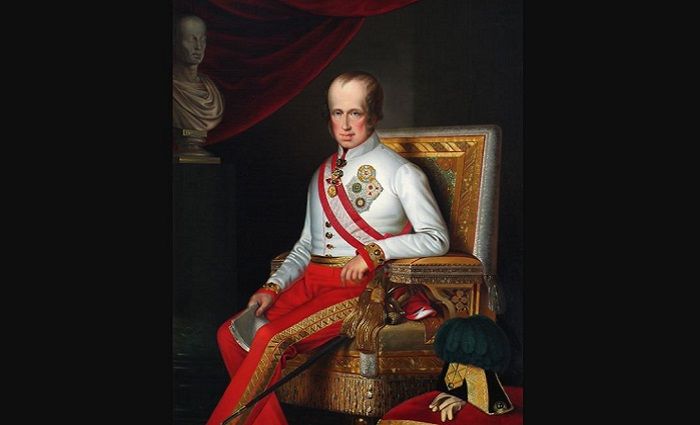
Among the important acts carried out in the Prague castle, the presence of Emperor Ferdinand I stands out. He modified the Spanish Hall as well as the Rudolf Gallery. Likewise, Ferdinand I and his wife also made large donations to the St. Vitus Cathedral offering valuables, sculptures, and more. Ultimately, in the year 1873, the first stone for the completion of St. Vitus Cathedral was laid.
20th Century – Present
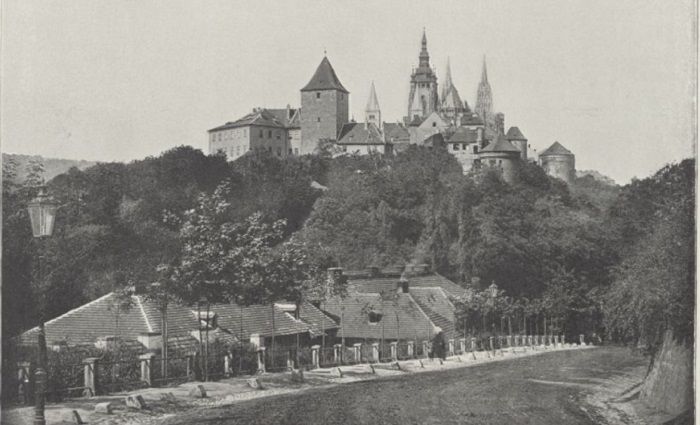
During the time of Czechoslovakia’s independence, much of the castle areas became neglected, possibly due to the war. The rooms of the Old Royal Palace were used as deposits and archives. In addition, there was no modern equipment and no official meetings could be held in the offices to meet the needs of the changing times.
But with the arrival of the first president of Czechoslovakia, President Tomáš Garrigue Masaryk, the situation changed. During the year 1918, the president wanted to make the castle a great historical monument for the country. He also wanted to turn the monarchical castle into a democratic castle.
However, the castle had to go through many renovations to be up to the level of a presidential seat. This is why President Tomáš Masaryk made important suggestions for changes in the renovation of Prague Castle.
Therefore, to meet the expectations of President Masaryk, the Slovenian architect Josip Plecnik made major reconstructions inside the castle, according to the castle website. For example, he updated the first and third courtyards of the castle, the hall of the column in the Matthias gate, and the new palace.
This is how the castle became a socio-cultural center. Moreover, many of its spaces were now open to the public, as well as exhibitions, concerts, and other social events. These changes are what make it possible to enjoy everything you need to see at the castle.
It’s worth noting that the Prague Castle keeps the jewels of the Bohemian crown as well as treasures, paintings, and murals of great artistic value. Likewise, it is a sacred place since it’s the burial place for several kings, bishops, and archbishops.
Interesting Facts About Prague Castle
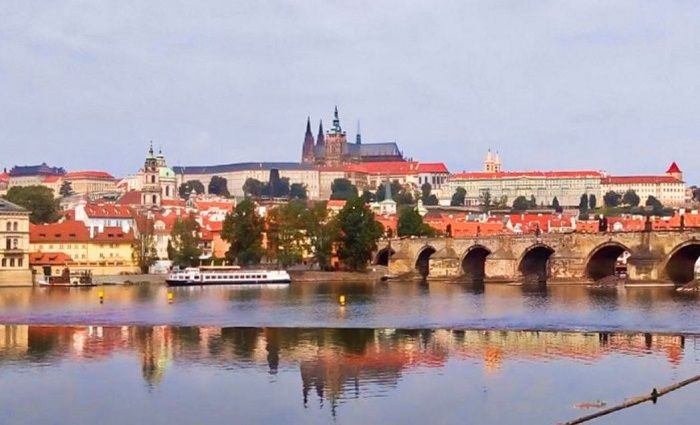
Here are some of the interesting facts about Prague Castle as noted by the castle website and other sources noted below:
- According to archaeologist Ivana Boháčová, the castle is built on the promontory of the Žiži hill.
- King Ferdinand I of Habsburg had the first tulips in Europe planted in the garden of Prague Castle.
- Under the castle there is a natural cavern in which eternal fire burns, according to legend.
- According to the Guinness Book of Records, Prague Castle is the largest continuously operating castle complex in the world.
- Prague Castle is part of the UNESCO World Cultural and Natural Heritage.
Legends Of Prague Castle
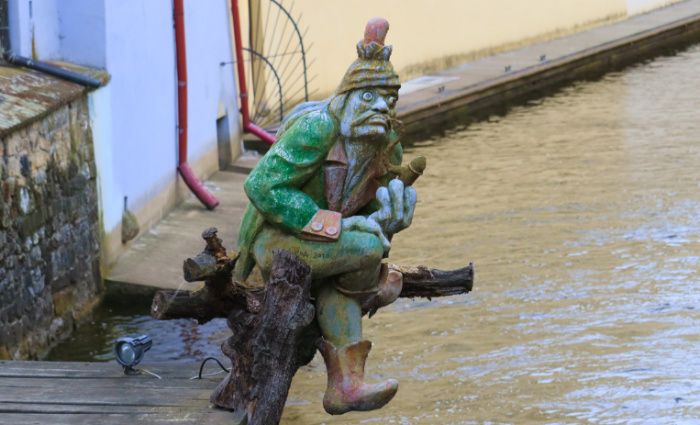
The Prague castle has many stories of mysteries and legends. However, many seem to be fantasy or fiction, yet the truth is that reality is often stranger than fiction. The most interesting legends that I have heard about the history of Prague Castle are these.
- The famous legend of the protector of the imperial: Legend has it that whoever puts on the crown of the Czech rulers will die unjustly. This rumor gained belief when the German occupier, Reinhard Heydrich, put on the crown and was assassinated just two days later.
- The Sigismund bell: Legend has it that if the heart of the bell breaks, a misfortune occurs in the Czech territory. On one occasion, terrible flooding occurred in Prague after the heart of the Sigismund bell broke.
- Vodnik: A water man in Prague who doesn’t live in the water yet, he lives in the Prague castle (pictured above). The little water man that’s just 60 cm tall walks through the castle and laughs wildly. Once someone looked at him, and little Vodnik disappeared into the castle walls.
- Golden Lane: It is said that at the end of Golden Lane where the house of the last lantern appears, the world of the visible and the invisible is hidden.
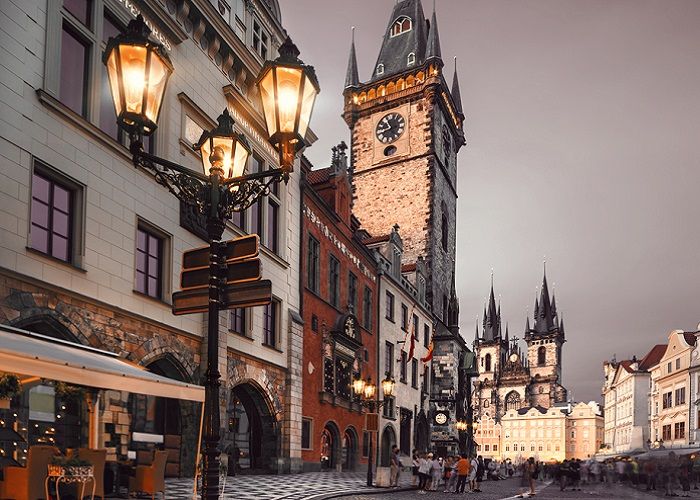
Where to Stay in Prague
Prague has a rich cultural history that is seen in both the Old Town and New Town areas of the city. Plan where to stay in this magnificent old city in the best neighborhoods.
